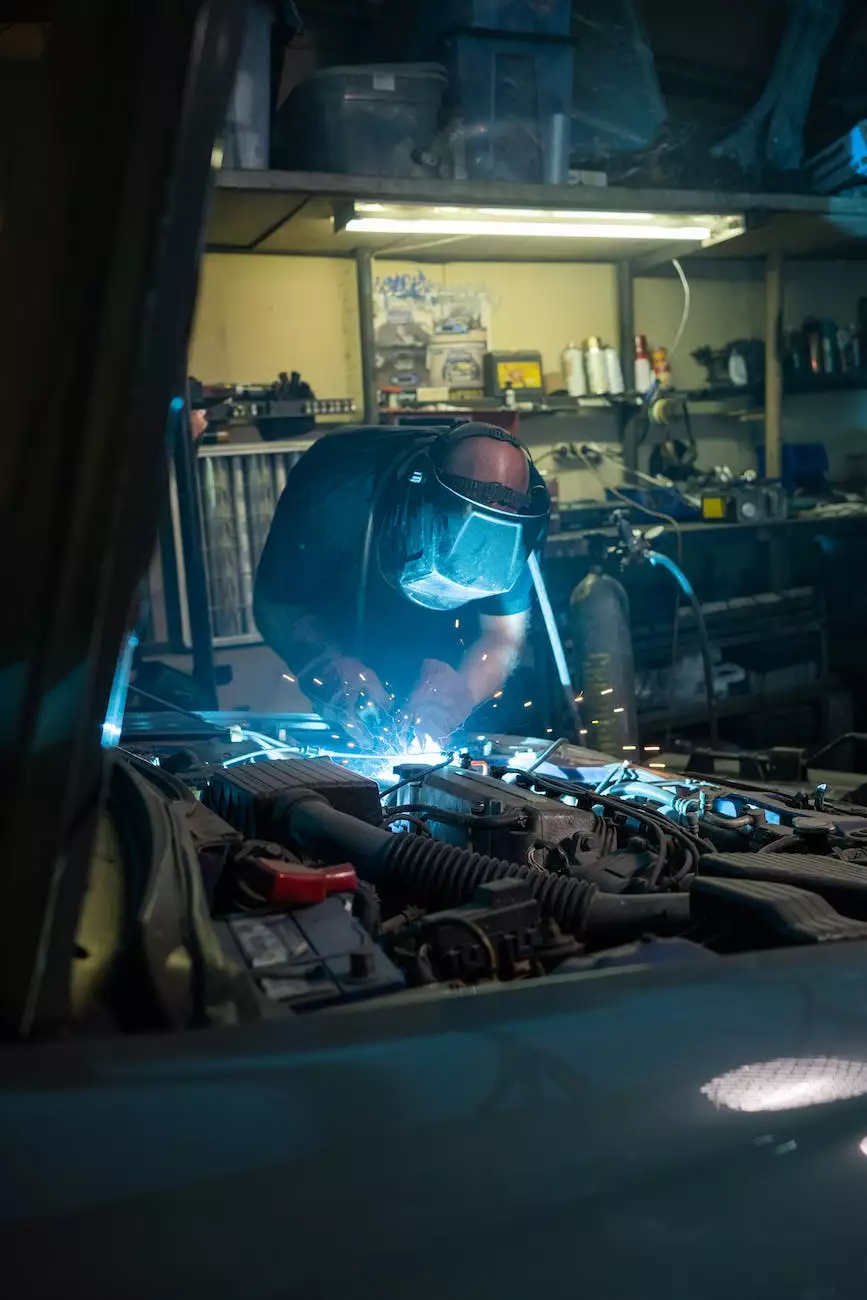Will a Tarp Protect a Car from Hail?
Auto Maintenance Tips
Welcome to BK Autosports, your trusted source in the Vehicles - Automotive Industry. In this comprehensive guide, we will explore the effectiveness of using tarps as a protective measure against hail damage for your beloved car.
Understanding the Threat of Hail Damage
Hailstorms can be incredibly destructive to vehicles, causing unsightly dents, broken windshields, and expensive repairs. As a car owner, it is crucial to take proactive steps to safeguard your vehicle from such natural disasters. Using a tarp as a protective cover can provide an additional layer of defense against hail.
How Tarps Protect Cars from Hail Damage
Tarps are made from durable materials such as heavy-duty polyethylene or waterproof canvas, designed to withstand various weather conditions. When properly secured over your car, a tarp acts as a shield, reducing the impact of hailstones on the car's exterior.
Here are a few key ways in which a tarp can protect your car from hail damage:
1. Impact Absorption
When hailstones hit the tarp, they distribute the force across a wider surface area compared to directly hitting the car's body. This helps to minimize denting and decrease the chances of glass shattering upon impact.
2. Abrasion Prevention
A tarp acts as a barrier between your car's surface and the harsh hailstones, preventing them from directly scratching the paint or causing abrasions. This can help maintain the overall aesthetic appeal of your vehicle, avoiding costly repaints or touch-ups.
3. Waterproofing
Most high-quality tarps are reinforced with waterproof coatings. This additional layer of protection not only shields your car from hail but also prevents water from seeping into any cracks or vulnerable areas during the storm. Keeping your car dry is key in avoiding potential rust or electrical issues.
Tips for Effective Tarp Car Protection against Hail
To ensure maximum effectiveness when using a tarp to protect your car from hail, consider the following tips:
1. Size and Coverage
Select a tarp that adequately covers your entire vehicle, including its length, width, and height. Measure your car and choose a size that allows for a snug fit without excessive sagging, as this can impede the tarp's ability to deflect hailstones effectively.
2. Proper Anchoring
Secure the tarp tightly to your vehicle using bungee cords or tie-downs. Pay special attention to the corners and edges to prevent wind from getting underneath and causing the tarp to flap or potentially come loose during the storm.
3. Regular Inspections
Regularly check the tarp for any signs of wear and tear, including rips, tears, or loose fastenings. Staying proactive and repairing or replacing damaged tarps ensures continuous protection and peace of mind.
4. Timely Application
Stay updated on local weather forecasts to determine when to apply the tarp. Being proactive and covering your car before a hailstorm strikes can save you from potential damage and the hassle of repairs.
Conclusion
While a tarp can effectively protect your car from hail damage, it is important to remember that no protection method is foolproof. Factors such as the size and intensity of the hailstones, as well as the duration of the storm, can influence the level of protection provided. Nevertheless, using a tarp is a proactive measure that can significantly reduce the chances of hail damage to your vehicle.
At BK Autosports, we believe in providing you with the necessary information to make informed decisions about protecting your car. Trust in our expertise and explore our extensive range of automotive products designed to keep your vehicle safe from any potential dangers.




